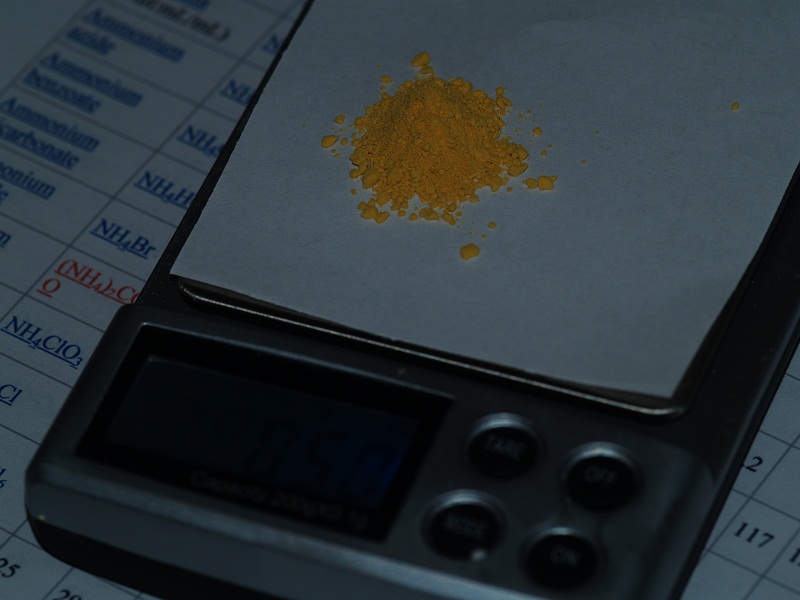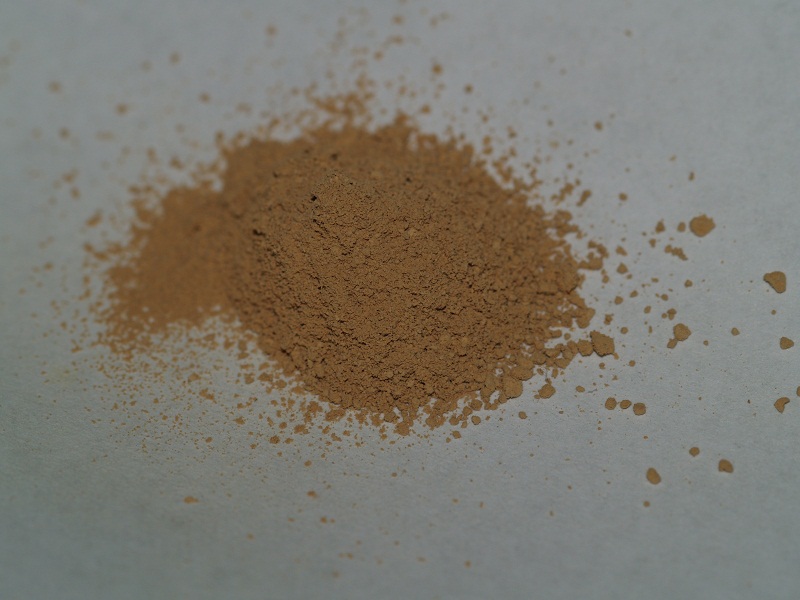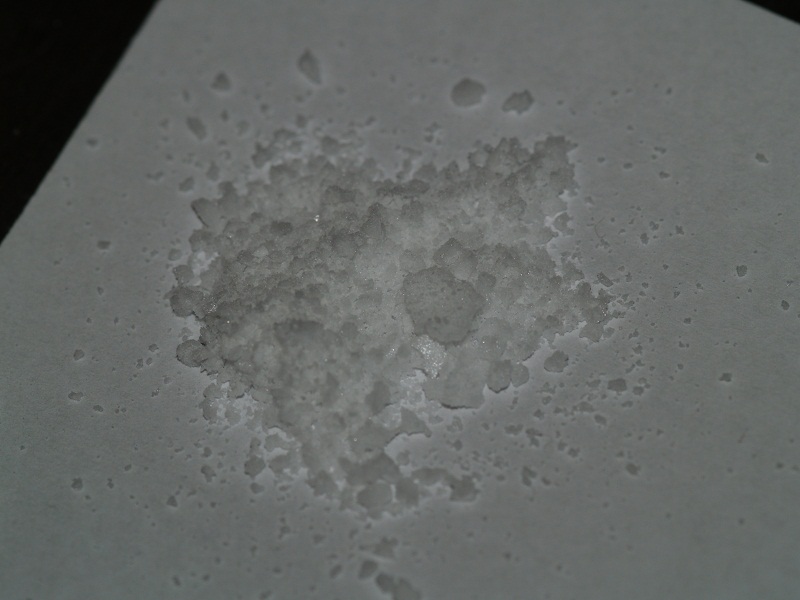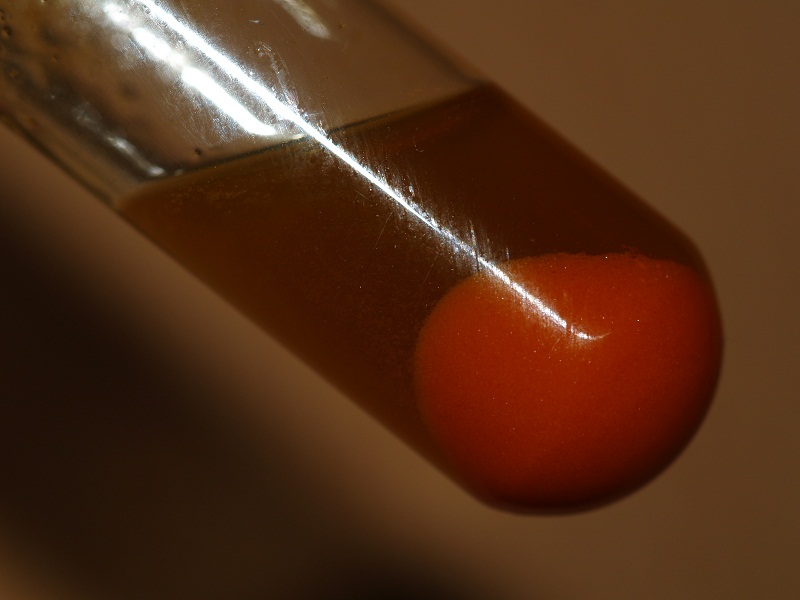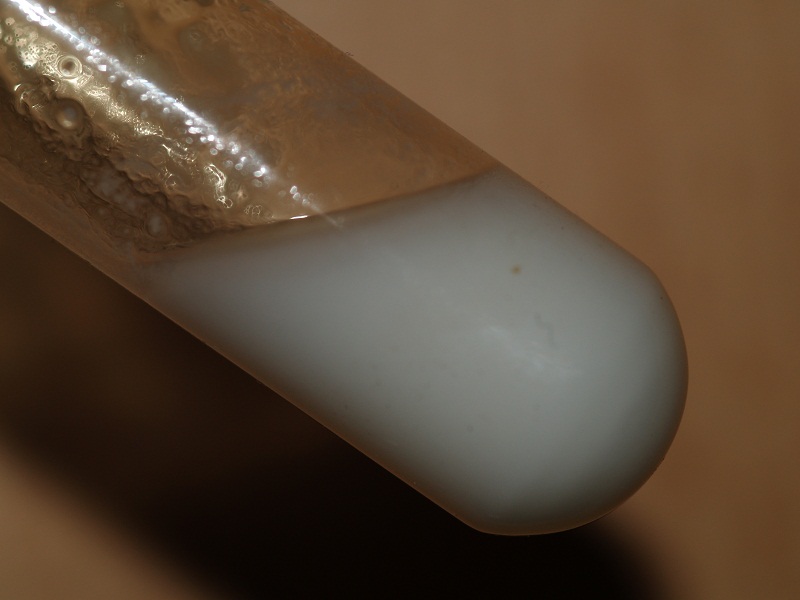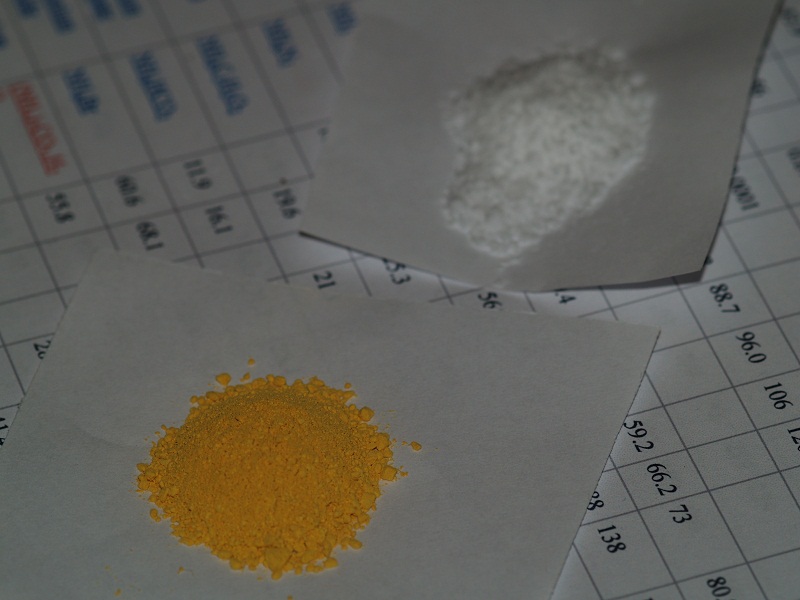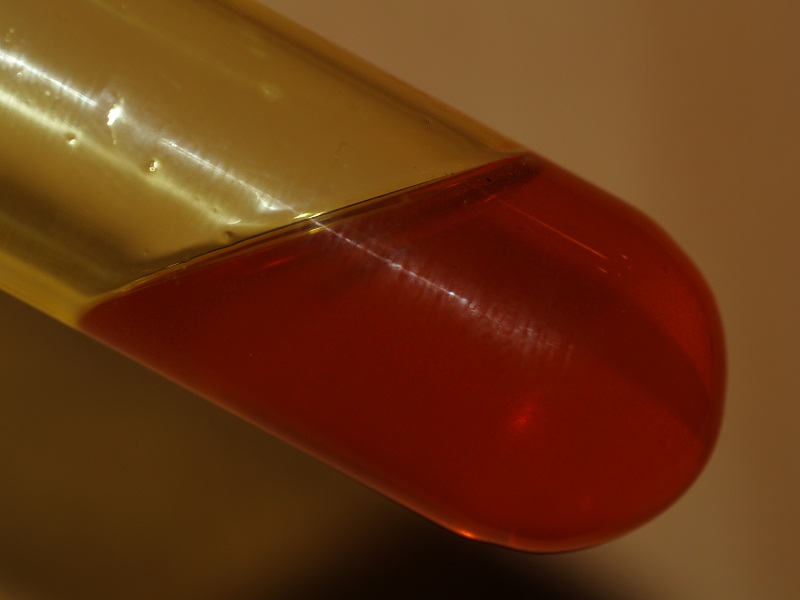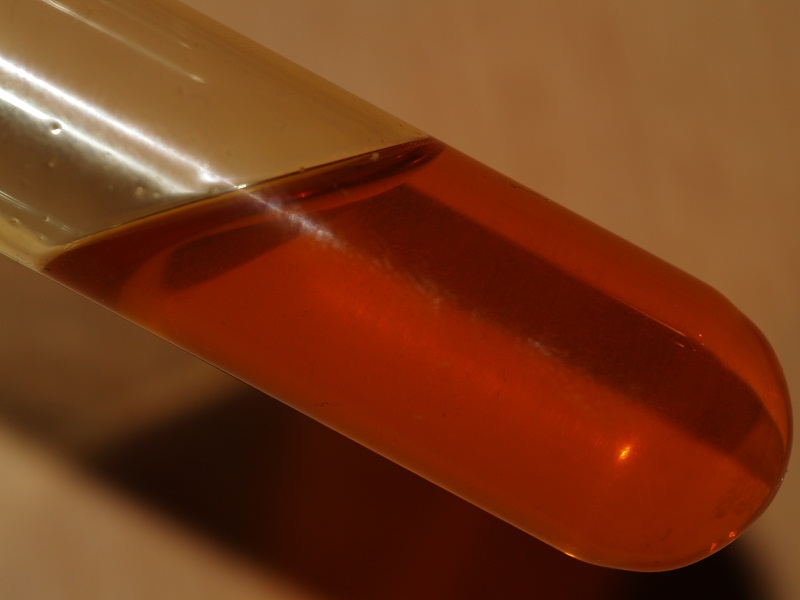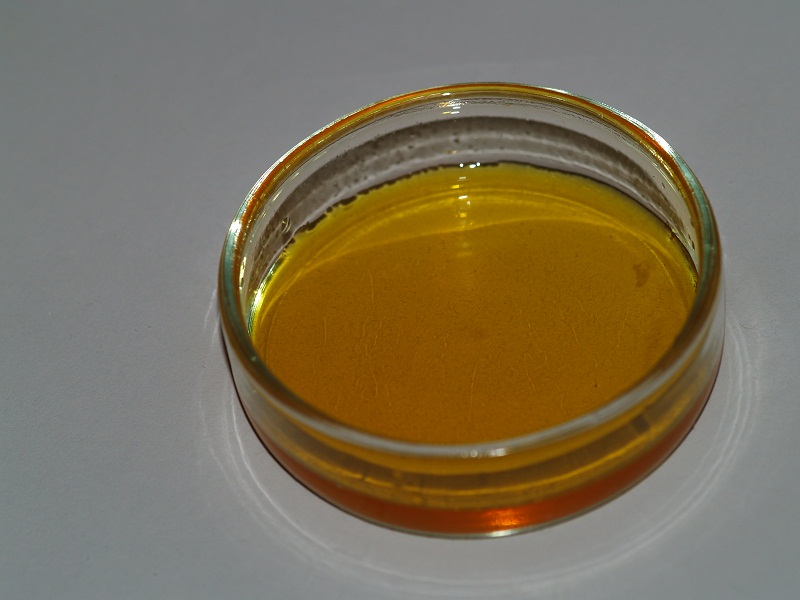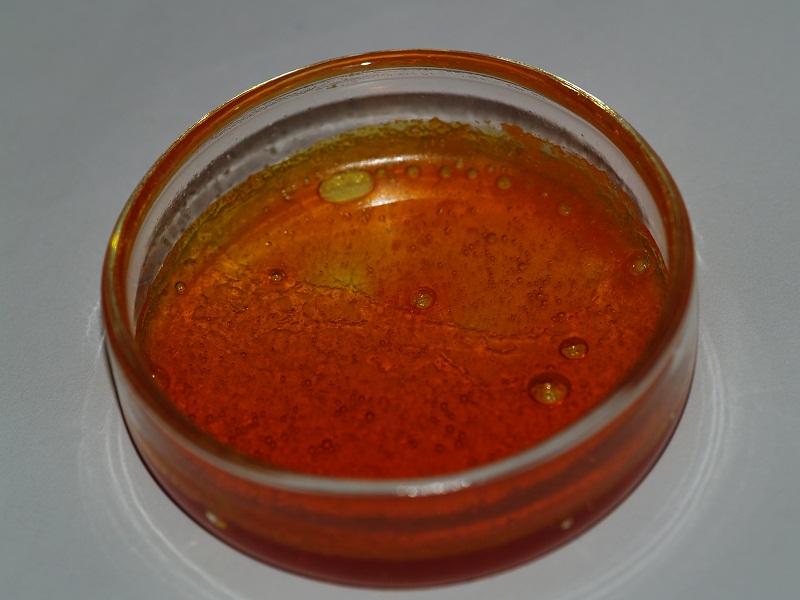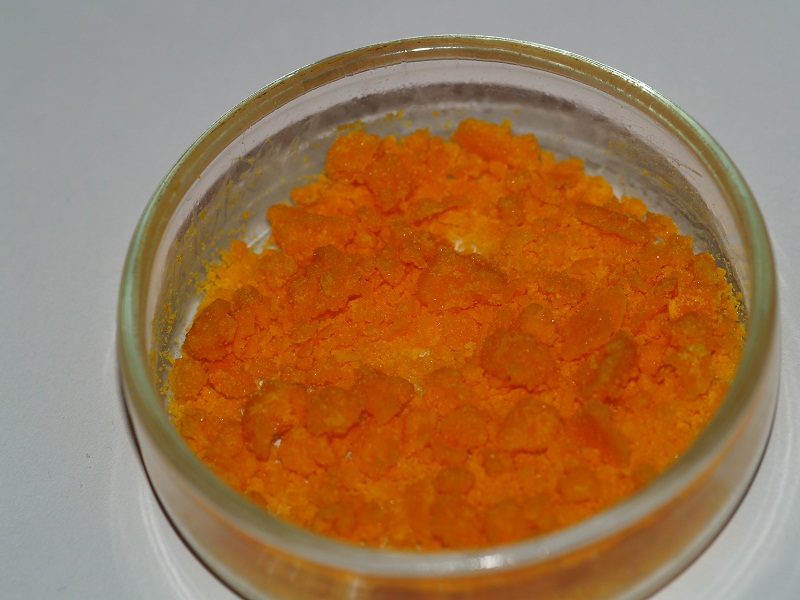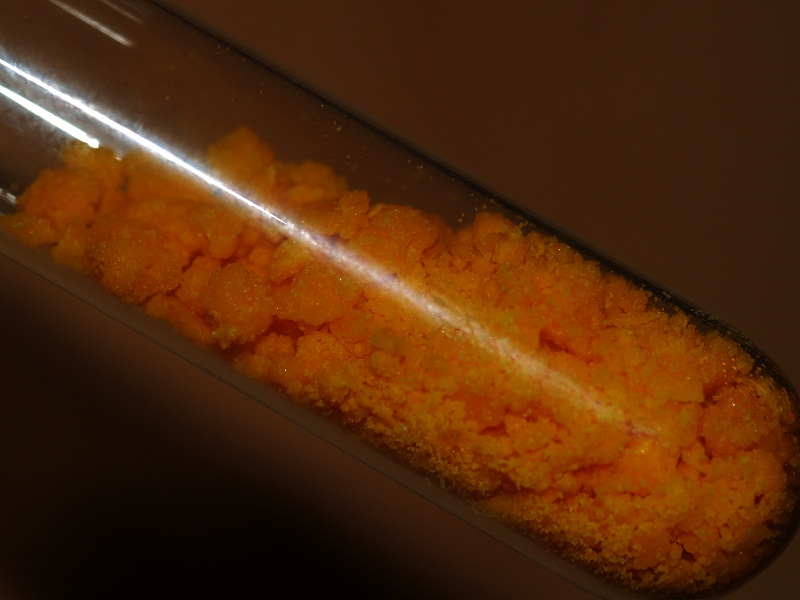Some interesting comments at this ScienceDirect source (see https://www.sciencedirect.com/topics/chemistry/cerium ):
Some extracts:
"An easy and low-cost method, widely used for the obtention of aqueous suspensions of CeO2NPs, consists of the precipitation of cerium salts at basic
pH. Briefly, oxidation of the Ce3 + ions from Ce(NO3)3 salt at basic pH conditions to the insoluble species Ce4 + using hexamethylenetetramine (HMT).
During precipitation, CeO2 nanocrystals are formed and can further stabilize in aqueous medium with the same reagent HMT, that form the double
electrical layer to prevent agglomeration [64]. Other basic reagents usually employed are urea, NH4OH and TMAOH [65]."
And:
"Further applications of the element include its use in zinc-cerium redox flow batteries [34]. These batteries function based on the generation of
electricity in the presence of Ce4+ during the charge phase, or reduction reactions through the oxidation of zinc, which produces about 2.43 V [35]. A
major component of these batteries is the electrolyte (i.e., methanesulfonic acid), which easily dissolves cerium compounds [36]. Ce4+ is produced
through electrical driving forces that are used in the electrosynthesis of naphthoquinone [37]."
[Edited on 27-2-2020 by AJKOER] |




